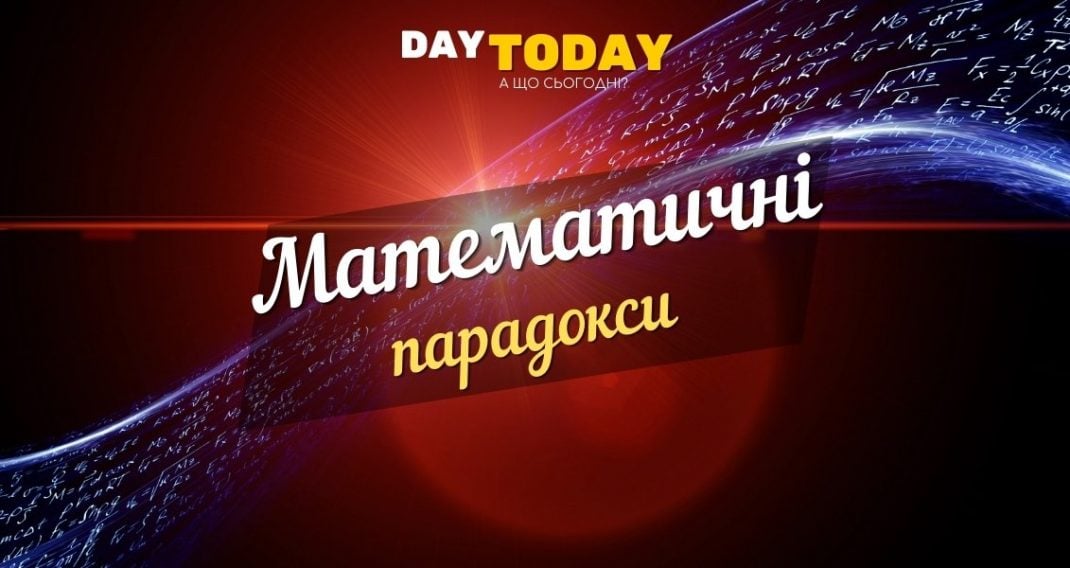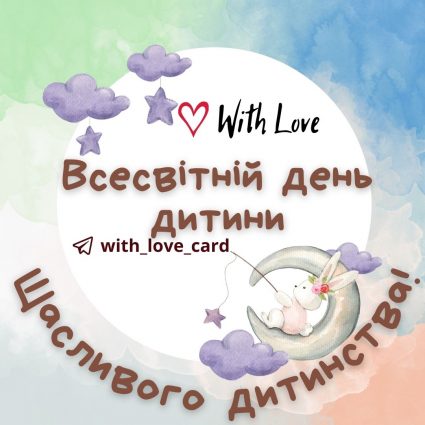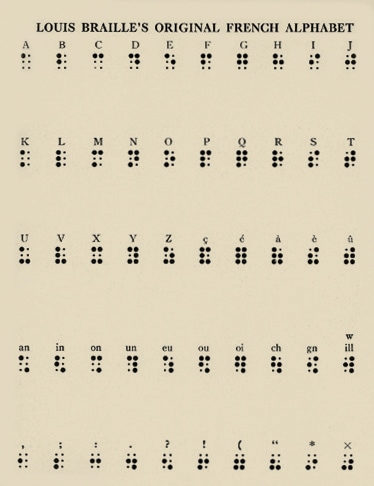In our life, we need some constants or phenomena that cannot be doubted: every morning the sun appears above the horizon; mom and dad love their children; we think, therefore we exist; two plus two equals four… Stop! Mathematicians may object to the last statement and ask: “And by what number system do we count?”
-
1.
The paradox of the ratio of even and natural numbers -
2.
A paradox with birthdays -
3.
The paradox of an almost certain event -
4.
The paradox of the second child -
5.
An example of mathematical sophistry
In the ternary number system, 2+2 = 11, in the quadruple system, 2+2 = 10. It turns out that even such an apparently simple mathematical operation can have different answers. It all depends on the conditions. But 2+2 = 5 – there is no such thing in any number system.
Sometimes more complex mathematical problems have a solution that is so contrary to our experience, intuition and common sense in general that it is important to believe it, even if you consider the solution step by step. Such problems are called mathematical paradoxes.
Their contragos are represented mathematically sophisms. These are unexpected statements, which are based on inconspicuous errors.
But let’s not delve into the theory and consider the simplest mathematical paradoxes and sophisms, which should be clear even to those who have already completely forgotten the school course in mathematics.
The paradox of the ratio of even and natural numbers
We will remind you of something. Natural numbers are numbers that we use when counting: 1, 2, 3, 4, 5, etc. to infinity
Natural numbers consist of even (2, 4, 6, etc.) and odd (1, 3, 5, etc.) numbers.
This raises a very simple at first glance question: which numbers are more natural or even?
Reply: Logic tells us that there are exactly half as many even numbers as natural numbers, since only every second natural number is even. And this is the wrong answer! Because the number of even numbers is equal to the number of natural numbers.
Let’s illustrate this in the form of a table, where the top row is a natural number, and the bottom one is the corresponding natural number multiplied by two.

Since the set of natural numbers is infinite, these series can also be continued to infinity: no matter what natural number we take, it will always have its counterpart from an even number. Therefore, the number of even numbers is equal to the number of natural numbers.
A paradox with birthdays
Let’s say you got a new job and don’t know anyone yet. Together with you, the team consists of 24 people. what do you think what is the probability that at least two people celebrate their birthday on the same day?
Reply: Intuitively, it seems that such a probability should be small: after all, there are 365 days in a year (for simplification, we ignore leap years), and only 24 people. But in reality, the probability of such an event exceeds 50%!
The probability that two people do not have the same birthday is 364/365 (this is obvious because only one out of 365 birthdays match). The probability of the birthday of the third person not coinciding with the first two is 363/365, the fourth – 362/365, and so on up to the twenty-fourth person, for whom the corresponding probability is 342/365. In total, we have a series of 23 probabilities in the form of fractions.
To find the probability that all 24 days of birth do not match, you need to multiply these fractions together. After calculations, we reduce the fraction and get 23/50.
If you are a gambler, if you bet that at least two of the 24 people have the same birthday, you will win 27 times out of 50 and lose 23 times out of 50.
Accordingly, the larger the group of people, the greater the probability that someone will have the same birthday. Thus, in a group of 30 people, the probability of such an event exceeds 70%, in a group of 40 people – more than 89%, and in a group of 60 people – almost equal to 100%.

But do not forget: if someone was born on February 29, then this reduces the probability of a coincidence of birthdays.
The paradox of an almost certain event
The graph above should not mislead you: almost 100% is not 100%.
For example, there are two events: the probability of the first is 99%, the probability of the second is 99.99%. The probabilities of both are almost the same, both events are almost certain to happen. But there is a nuance.
Let’s assume that both of these events are independent (that is, the probability of their occurrence does not depend on the previous event) and can occur every day with a probability of 99% and 99.99%, respectively.
We can calculate the probability that both events will occur each day during the year.
For this we need:
- for the first event, raise the probability of 0.99 to the 365th power (or multiply the probabilities of 0.99 one by one 365 times). The obtained result is 0.025 or 2.5%. That is, the probability that the first event (the probability of which is 99%) will occur every day during the year is only 2.5%.
- for the second event, raise the probability of 0.9999 to the 365th power. We have a result of 0.964 or 96.4%. Therefore, the probability that the second event (99.99% probability of occurrence) will occur every day during the year is 96.4%.
It would seem: a small difference in probabilities (only 0.99%), but it is of significant importance.
The paradox of the second child
Many people know the anecdotal question about the probability of meeting a dinosaur on the street, and the answer to it is 50/50 (either I will or I won’t).
And if you make it a little more complicated? Suppose that Mr. Paradoksenko has two children. It is known that one of them is a boy. What is the probability that the second child is also a boy?
Reply: theoretical knowledge obtained from the anecdote about the dinosaur says that the desired probability is 50% (the second child is either a boy or a girl).
But in reality, the probability space is slightly larger. Let X be a boy, D be a girl. Then, in a family with two children, four options are possible – XX (two boys), HD (an older boy, a younger girl), DH (an older girl, a younger boy), DD (two girls). We know that one child is definitely a boy. Then there are three options – ХХ, ХД, ХХ. So, for only one option out of three, two boys grow up in the family. Answer: the probability is 1/3.
Still in doubt? And you do it right. The author of the problem, American mathematician and popularizer of science Martin Gardner, was not sure of this answer himself. From the condition of the problem, it is not clear how exactly we found out about the gender of one of the children. Depending on this, the probability space can grow to 8 options, and the probability that the second child is a boy is up to 50%.
An example of mathematical sophistry
Let’s illustrate mathematical sophistry with the help of a meme.

- About the author
- Other articles
- “Coca-Cola” is a success story, interesting facts – May 19, 2022
- Mr. Feynman is an outstanding physicist and a great joker – May 11, 2022
- Red poppies as a symbol of memory – May 8, 2022

































